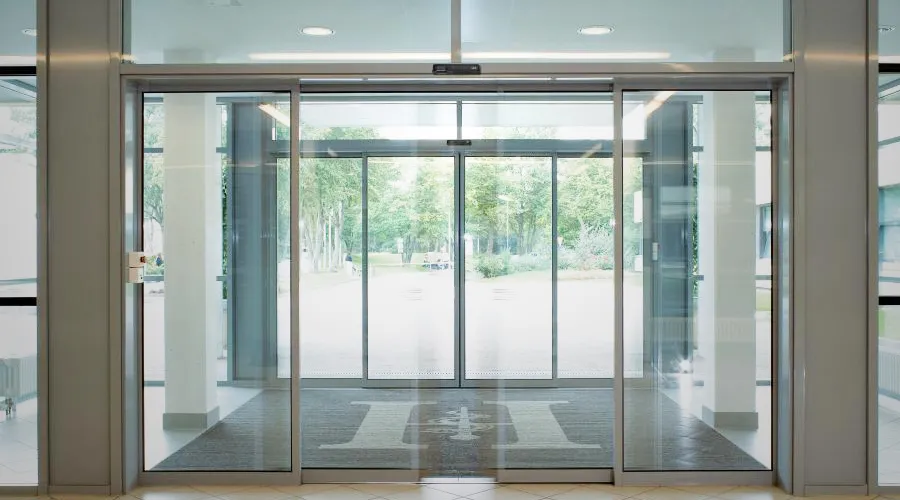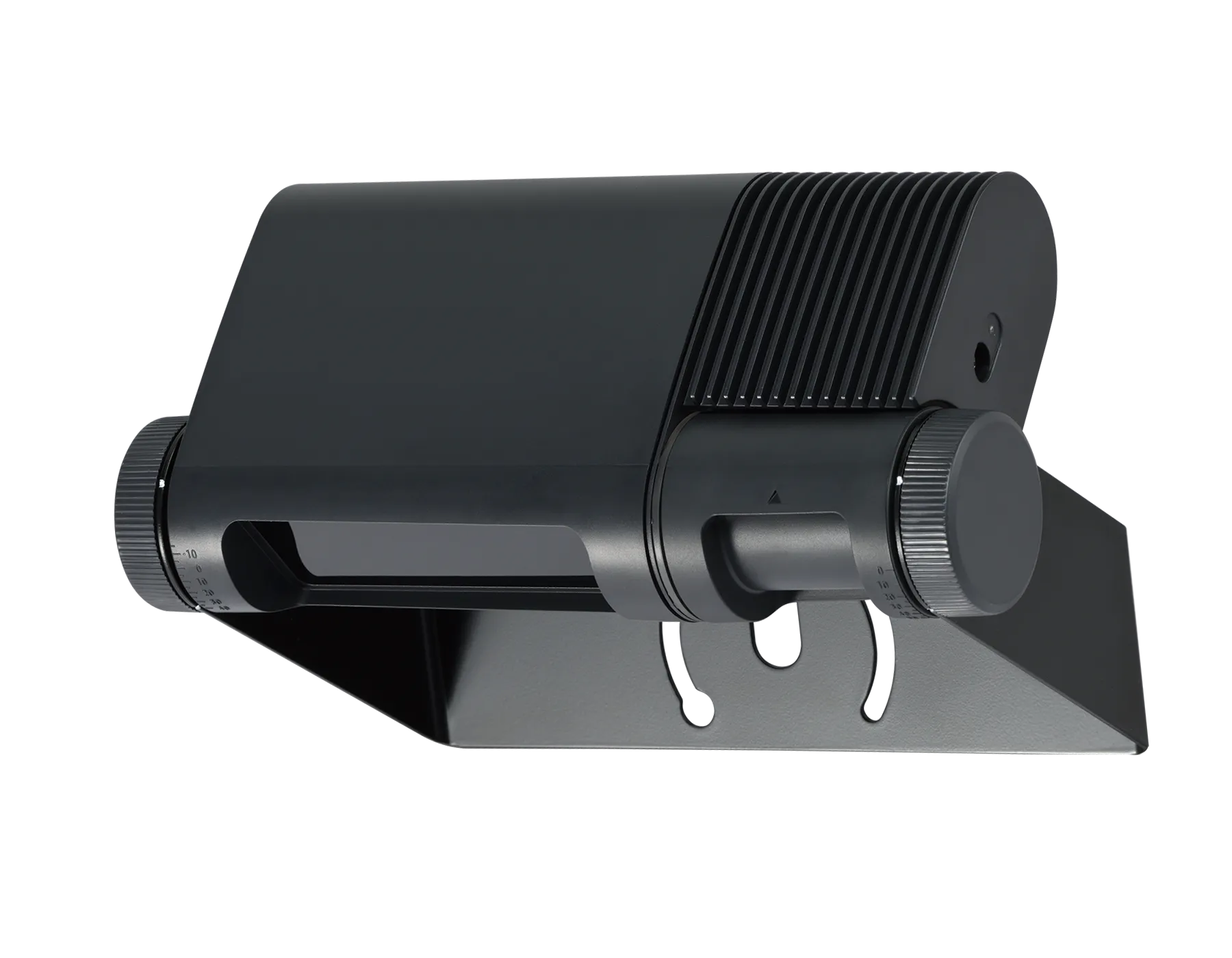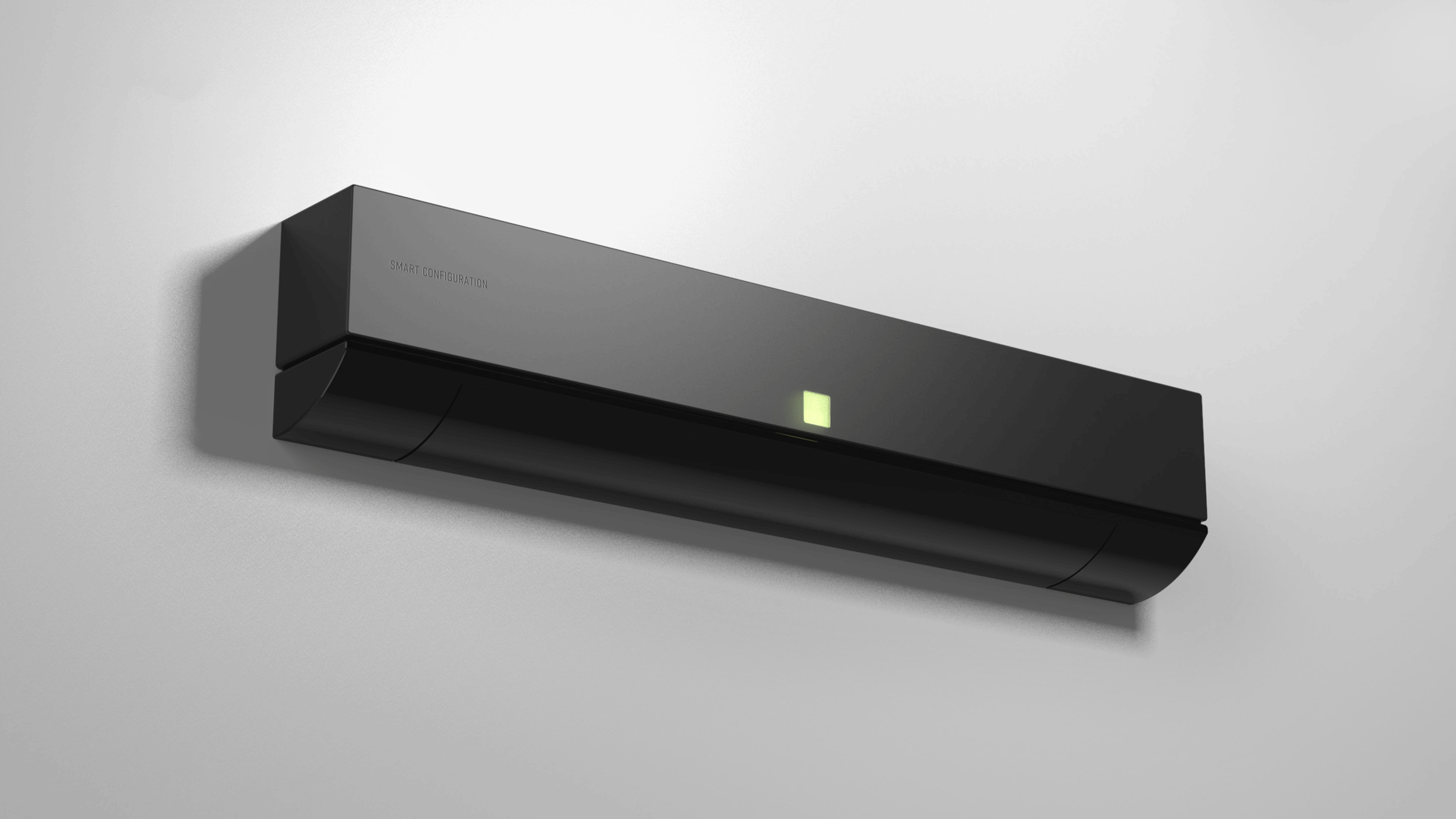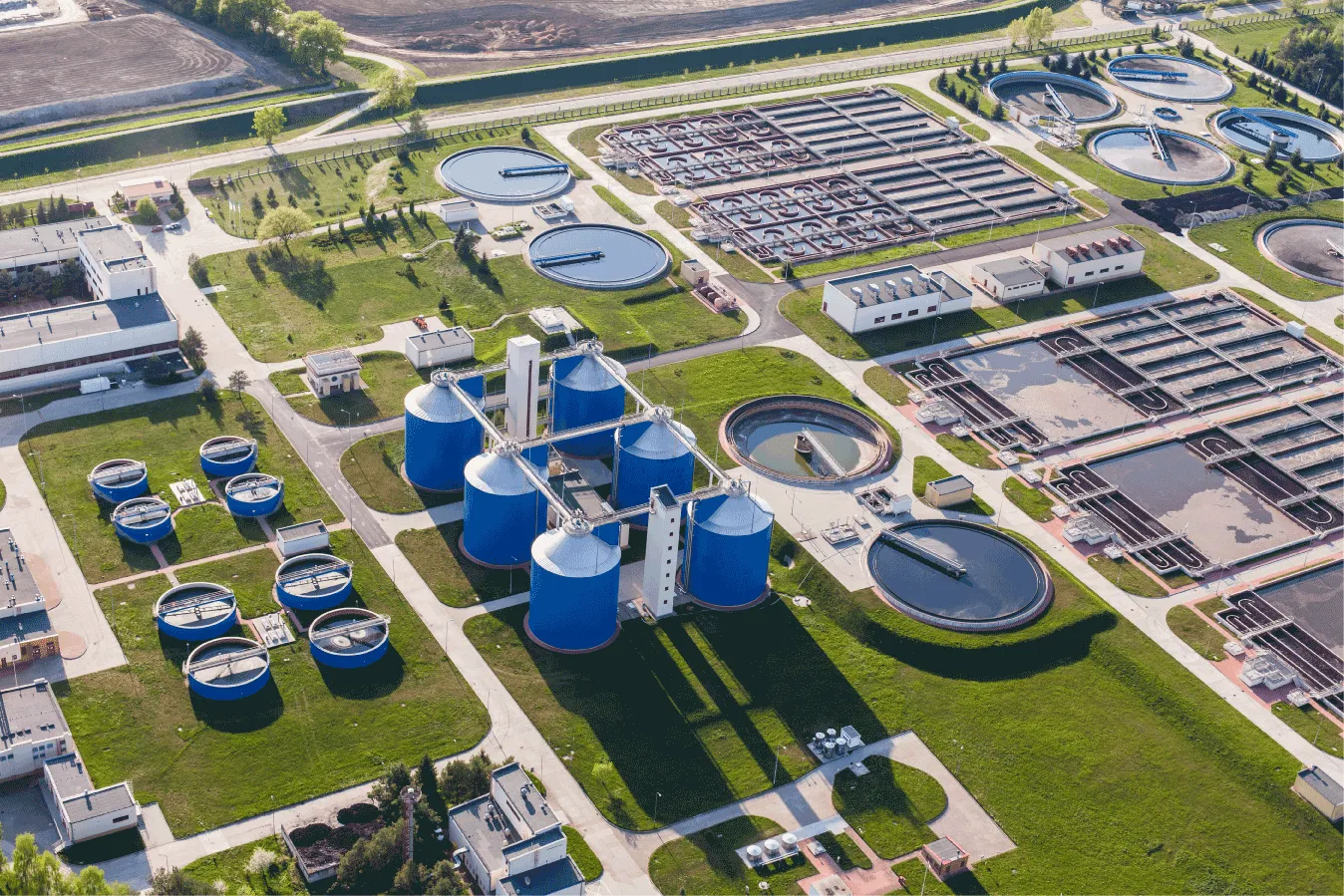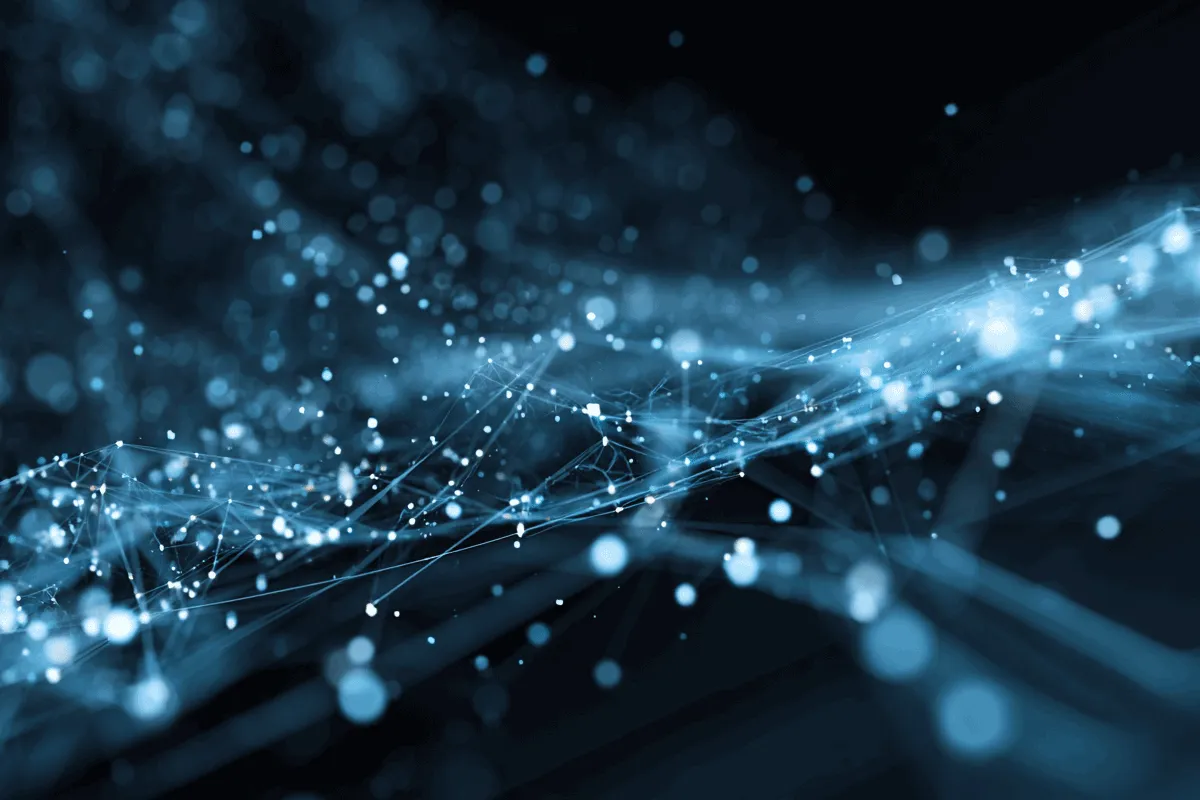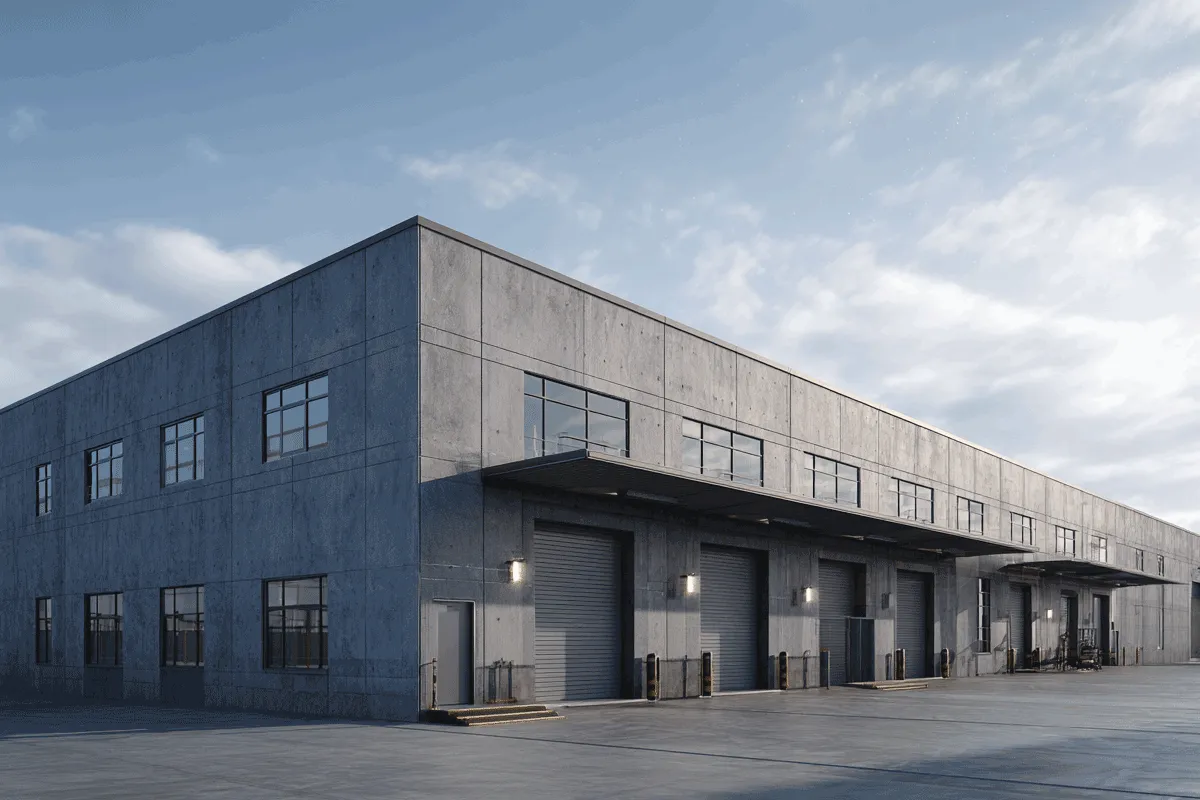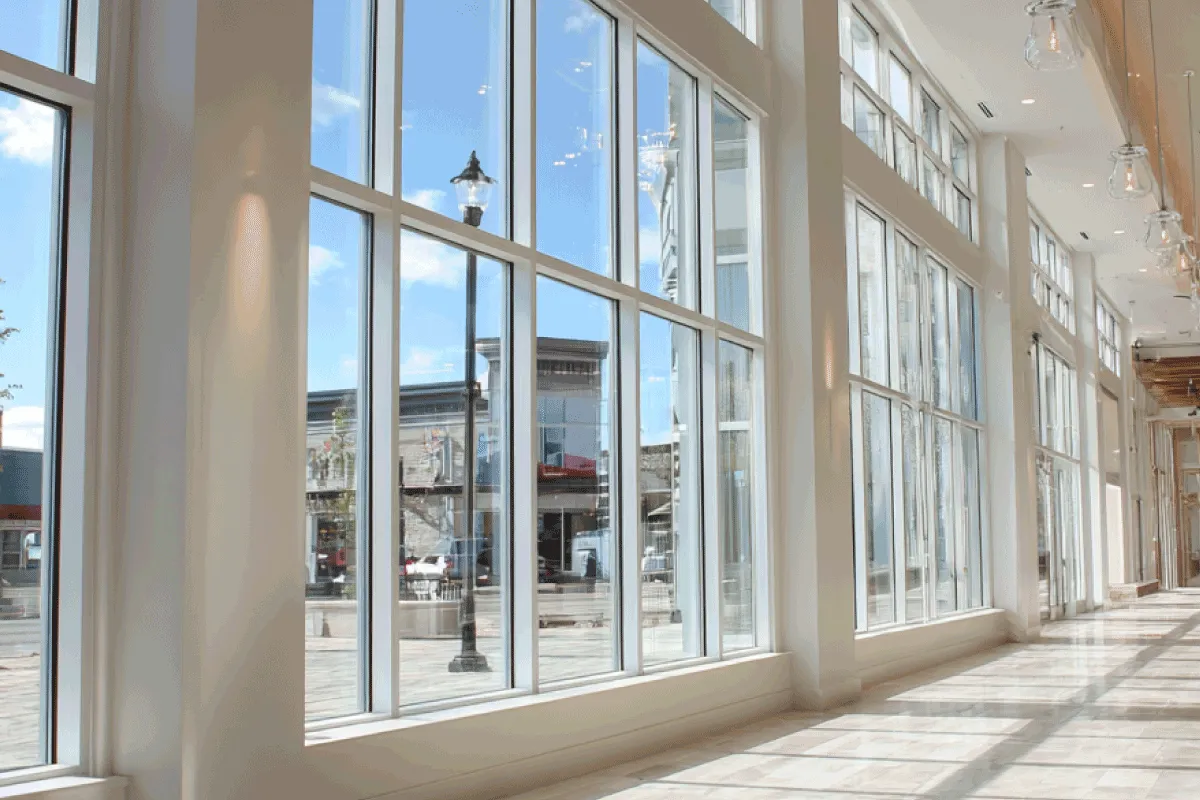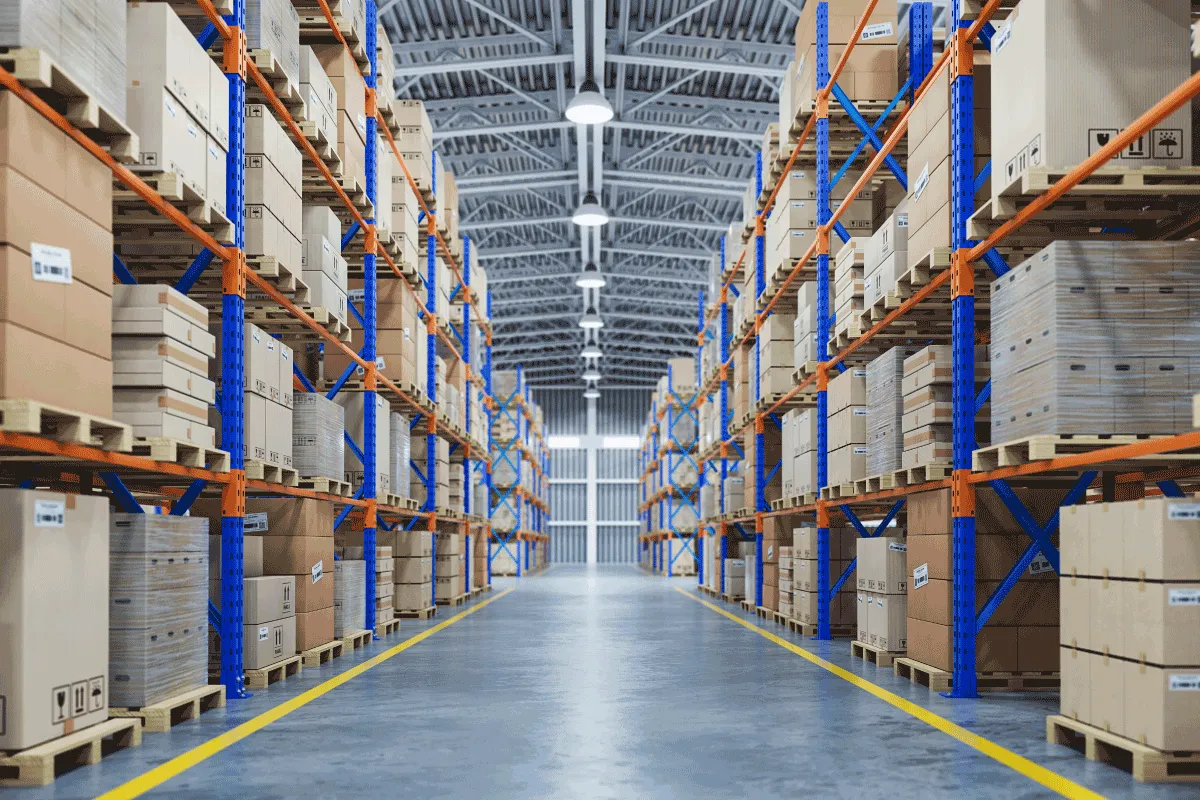Related Solutions
Related Product Series
Related Product
After a long day at work, you still have a few things to do. You pick up the kids and head to the grocery store to get a few necessities.
Exhausted, you select and purchase your items. Then you make your way to the door.
You have one child on your hip. You’re holding the hand of another. And clumsily pushing the grocery cart toward the exit.
You don’t want to let go of either of your children as you enter the dangerous parking lot to open the doors. But you don’t have to.
The miraculous doors slide open before you, as if by magic.
We often take advantage of the convenience provided by automatic door sensors. But how many of us stopped to wonder, how do these sensors work?
Keep reading to learn more.
Technology or Trickery
Living in this age of technological advancements, we often believe everything to be new.
But, historians believe Heron of Alexandria, born 10 A.D., invented the first automatic doors. In his creation, fire created atmospheric pressure to build up in a brass vessel.
Then water pumped into nearby containers to create weight. The weight triggered a series of ropes and pulleys to open temple doors for people arriving for prayer.
Emperor Yang of Sui of China reigned from 604-618 A.D. He had a foot sensor-activated door installed for his royal library.
However, it wasn’t until 1954 that Lew Hewitt and Dee Horton officially invented the first automatic doors. They used a mat actuator, which opens the door when someone steps on it. This was the first of the kind of automatic doors as we know them today.
But how do automatic doors know when to open for us? Continue reading to learn more.
How Do Automatic Door Sensors Work?
An automatic door can be activated in a few ways. Depending on intended use, some of these options may be more beneficial than others.
Mat Actuator
Pressure mats open automatic doors when someone stands on them. They have an electronic system hidden within. Any weight or pressure sends a message from the inner workings of the mat to the door, telling it to open.
Push Button
Compatible with most door types, a push-button communicates a signal when pressed. A user will press a button to request a door to open for them.
This remote-access option is convenient for those in wheelchairs. In fact, the National Network for Information, Guidance, and Training on the Americans with Disabilities Act recognizes that automated doors provide greater accessibility.
Access Control
The door opens when a user enters a code or swipes the reader with a card or fob. The correct combination or signal allows the door to unlock or open. Added security is a benefit of the access control variant.
This option is popular in hotels. It has replaced traditional keys in many instances.
Optic Sensor
These sensors work by sensing motion. An automatic door motion sensor is installed on the inside of a door.
A beam points toward the doorway entrance. When motion interrupts the beam, it sends a message to the door to open. This option is good for garage doors, sensing approaching vehicles.
Although these sensors are popular, they are not infallible. If someone is moving very slowly, the beam may not sense their movement. This can lead to the failure of the door to open.
Infrared Sensor
These door sensors recognize body heat. When a user approaches a doorway, their body heat changes the temperature of the area.
The infrared sensor detects this change and reacts. It then sends a message to the doors to open. The process is nearly instantaneous.
Results
While the various automatic door sensors work differently, they all have their merits. Sometimes, different types of sensors are used in conjunction with another type to ensure success.
Once the sensor detects someone, it sends a message to the doors to open. But how?
The sensors are connected to an electronic drive train. An auxiliary drive attaches the drive train to the door panels. Rubber belts connect the auxiliary drive and control the opening and closing of the doors.
Automatic doors are usually on rollers to create a smooth, sliding movement. Sensors work with different kinds of doors. Industrial, vertical doors, swing doors, or sliding doors are all good options.
So, we’ve answered the question, “how do automatic door sensors work?” But, why would someone want to install automatic door sensor technology in their building?
Benefits of Automatic Doors
So, you look like a magician or feel like a Jedi when you open a door without touching it. But what are the actual benefits of automatic doors?
Efficiency
Automatic doors only open when sensors tell them to. They close again when the sensors tell them the path is clear.
Thus, the technology limits the amount of time doors are left open. This helps buildings maintain internal temperatures, saving energy and money.
Convenience
Of course, anyone traveling through doorways can appreciate door sensor technology. We’ve all had our hands full of shopping bags at some time. And it’s not unusual for parents to have one or both hands occupied with a child when out and about.
When doors open before us and close behind us, we can enter and exit easily. This prevents us from juggling items we would not want to drop.
Hygiene
COVID-19 has taught us all a few things. Of those, avoiding touching surfaces in public is essential.
Automatic door sensors provide a safe, touchless alternative. Research shows that a contaminated doorknob or handle can spread the infection throughout an entire building in mere hours.
When people no longer need to touch a door to pass through, it’s possible to reduce the transmission of countless illnesses. Safety is a priceless investment.
Timely Technology
How do automatic door sensors work? Now we understand the technology behind the convenience.
Whatever option, automatic door sensors provide a variety of benefits. From convenience to hygiene to energy efficiency, automatic doors are advantageous.
You may be interested in


Protecting Medical Marijuana Facilities with OPTEX REDSCAN Advanced LiDAR Detection
Medical marijuana greenhouses and production sites are high-value targets requiring protection that goes beyond traditional surveillance. Intrusion detection must be accurate, intelligent, and adaptable to both indoor and outdoor environments.

